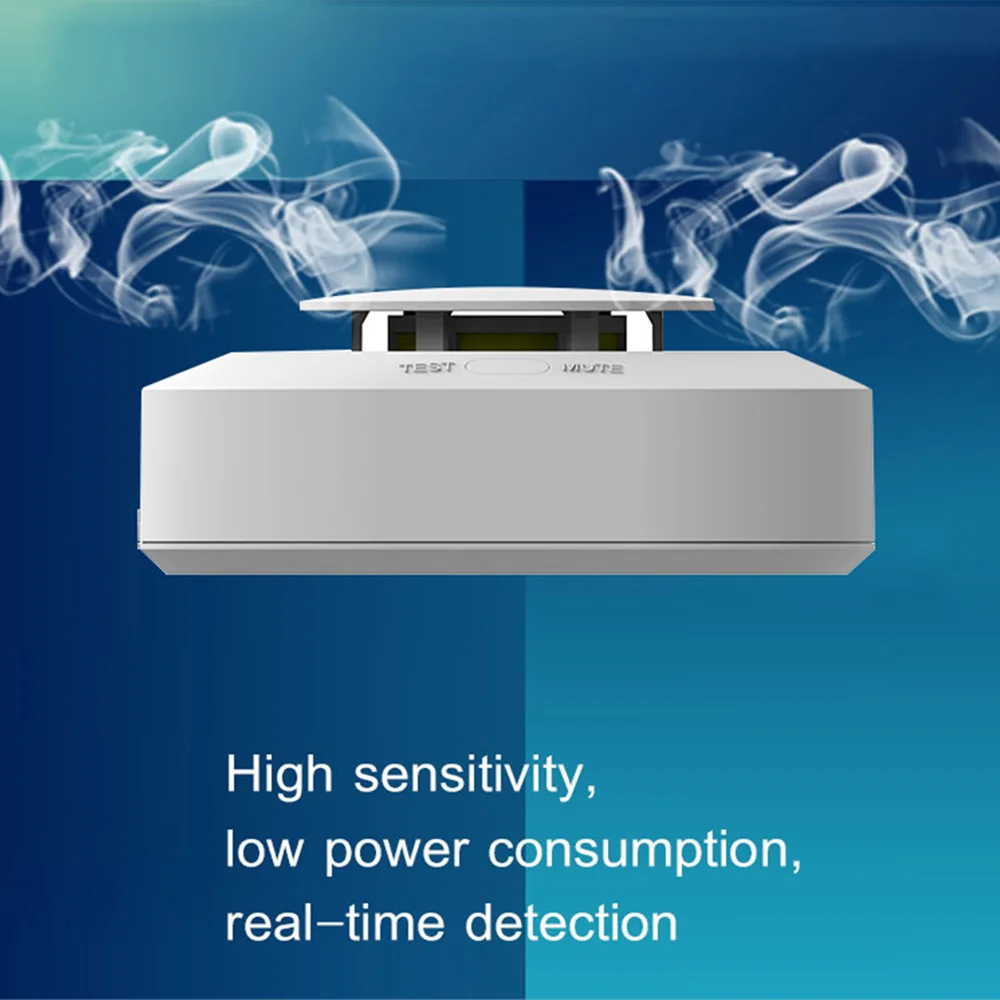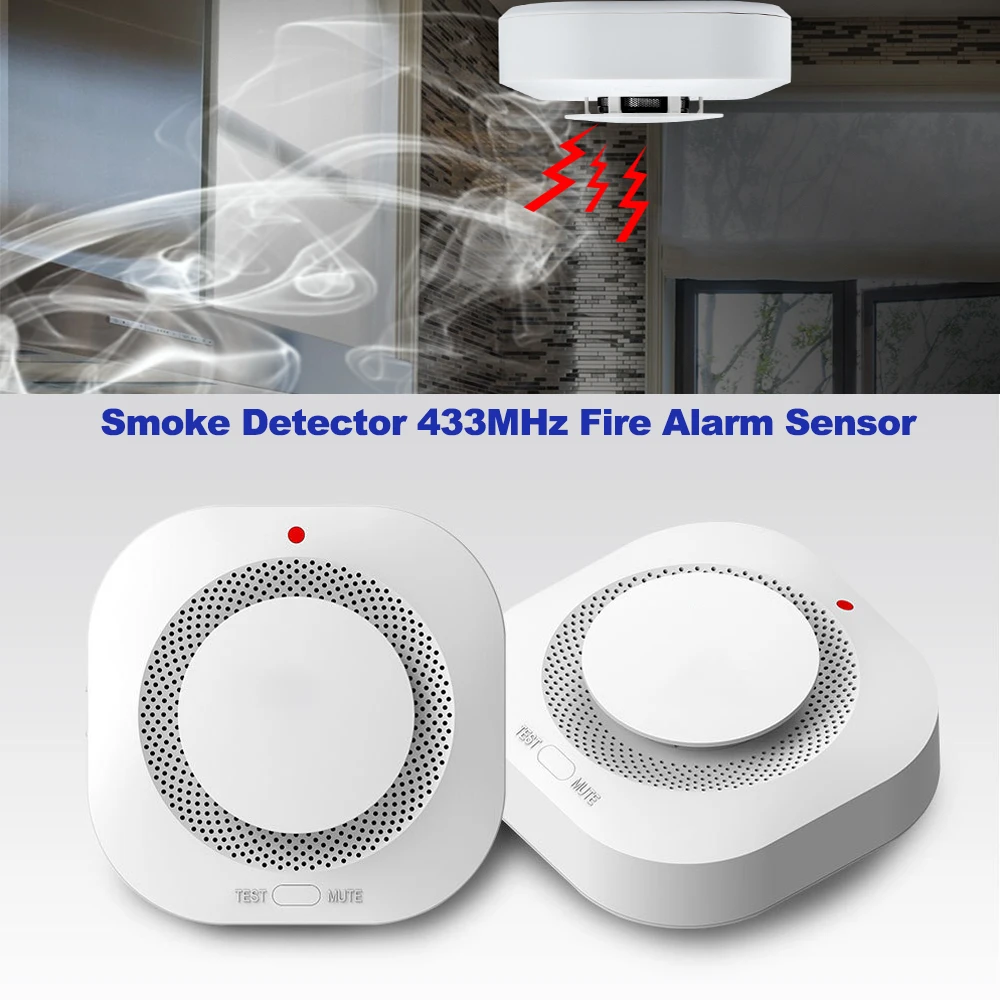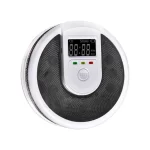Identifying the Cause of Smoke Alarm Chirping
Chirping from your First Alert smoke alarm can be worrying. It’s a sign that something needs checking. Let’s look at the most common causes for these sounds.
Manufacturer’s Date and Alarm Replacement
Your alarm has a manufacturer’s date on the back. It tells you how old the unit is. Smoke alarms do not work forever. They usually protect for about 5 to 10 years. If your alarm is over 7 to 10 years old and chirps, consider replacing it. Its ability to detect smoke may not be reliable anymore.
Battery Replacement and Reset Procedures
A chirping alarm may mean the battery is low. Replace the old battery with a new one. Then do a full reset. Here’s how: remove the smoke alarm and open it to get to the battery. Take the battery out. Press and hold the test button for 30 seconds. This will clear any charge left from the old battery. Put the new battery in and press the test button. If the alarm beeps loudly, it means it’s working.

Steps to Silence a Beeping First Alert Smoke Alarm
Dealing with a beeping First Alert smoke alarm can be simple. Here’s what you should do.
Removing the Alarm and Clearing Residual Charge
Start by taking the alarm off the ceiling or wall. Open the compartment and take out the battery. Press the test button for about 30 seconds. This drains any remaining power and resets the alarm.
Testing the Alarm Post-Reset
After resetting, put the new battery in. Press the test button. A sharp beep means the alarm is ready. If no sound, check the battery and try again.
Installation Locations to Avoid Nuisance Alarms
Choosing the right location to install your First Alert smoke alarm is crucial. This helps prevent false alarms and ensures the device works effectively. Here are key areas to avoid:
Understanding High Humidity and Smoke Alarm Sensitivity
High humidity can cause nuisance alarms. The moisture in the air can mimic the properties of smoke, causing the alarm to sound. Avoid installing smoke alarms in humid areas like bathrooms or near dishwashers. Also, open windows during humid days to reduce indoor moisture.
The Influence of HVAC Vents and Dust on Alarms
Alarms placed near HVAC vents can be problematic. Dust and air flow from the vents can interfere with the alarm sensors. It is best to install smoke alarms away from these vents. You should also regularly clean dust off the alarms, as it can collect and affect sensor sensitivity.
Effects of Direct Sunlight on Detector Sensitivity
Direct sunlight can affect the performance of smoke alarms, especially photoelectric models. The light can interfere with the sensors. To avoid this, do not place alarms in direct path of sunlight. Choose locations that are shaded and stable to ensure consistent operation.

Advanced First Alert Smoke Alarm Features
Smoke alarms have advanced over the years. Now, First Alert offers features that improve detection and user-friendliness. Here are the top advancements that you should know about.
Exploring Smart Dual Sensor Technology
Modern First Alert alarms come with dual sensors. This means they have both photoelectric and ionization sensors. The photoelectric sensor detects slow, smoldering fires. The ionization sensor is quick to spot fast flames. Together, they provide thorough protection. Dual sensor alarms reduce false alarms and improve response time.
Recognizing the Benefits of Hardwired Ionization Models
Hardwired ionization models are reliable. They connect directly to your home’s power. They also have a battery backup for power outages. This double layer of protection ensures your alarm is always ready. They are especially effective at detecting high flames.
The Importance of Upgrading to 8th Generation Smoke Alarms
The 8th generation of smoke alarms has many benefits. They are smarter and more sensitive to real fire conditions. They use advanced algorithms to reduce false alarms from cooking smoke or steam. By upgrading, you keep your home up-to-date with the latest in fire safety technology.
Troubleshooting Tips for Persistent Smoke Alarm Beeping
Persistent beeping from your First Alert smoke alarm can be frustrating. Here are ways to troubleshoot it.
Dealing with Residual Charge and Nuisance Triggers
Sometimes, even after replacing a battery, your smoke alarm may keep beeping. This could be due to residual charge left in the alarm. To remove this, disconnect the alarm from its mounting and hold the test button for about 30 seconds. This step clears any leftover charge thus resetting the alarm.
Another common issue is nuisance triggers. These happen when the alarm is near sources of steam, dust, or extreme temperatures. Ensure your alarm is not installed in or very near kitchens, bathrooms, or garages. These areas often have fluctuating environmental conditions that can trigger your alarm unnecessarily.
In areas with high humidity or dusty environments, regular maintenance is crucial. Open the alarm cover and gently clean the sensors using a soft brush. Avoid installing smoke alarms directly under HVAC vents or areas that get direct sunlight as these can also cause false alarms.
If you’ve done all these steps and your alarm still chirps, consider seeking professional help or replacing the unit. It is essential that your smoke alarm functions correctly to ensure your safety.
Complementary Products and Technologies
Besides addressing chirping smoke alarms, it’s valuable to consider additional safety devices for your home. First Alert provides a range of products to help detect and prevent different household dangers.
Utilizing First Alert’s WiFi Water Leak and Freeze Detector
A WiFi Water Leak and Freeze Detector offers crucial alerts to your phone. If a leak or freeze occurs, you receive notifications instantly. This helps prevent water damage or frozen pipes, saving costly repairs. Place detectors near washing machines, water heaters, or basements for full protection.

Distinguishing Between Smoke and Carbon Monoxide Alarms
It’s vital to understand the difference between smoke alarms and carbon monoxide (CO) detectors. Smoke alarms detect fire presence, while CO detectors alert you to the poisonous gas. Using both ensures comprehensive safety from fire and CO dangers. Ensure you have CO detectors installed near sleeping areas for maximum safety.
Enhancing Home Safety with ADA Certified Devices
For those with hearing impairments, First Alert offers ADA Certified devices. These include smoke and CO alarms with LED strobe lights. They alert visually rather than audibly. This ensures everyone in your home is alerted to dangers promptly, ensuring timely evacuation. Install these devices in key locations around your home for added safety.
Creating a Fire Escape Plan with Your Family
In addition to having the proper safety devices installed, it’s crucial to have a well-thought-out fire escape plan in place. Gather your family and conduct regular fire drills so everyone knows how to safely exit the house in the event of an emergency. Make sure everyone knows at least two ways to exit each room, and designate a safe meeting spot outside of the home. Include in your plan how to account for any family members who may need additional help, such as young children, elderly relatives, or those with disabilities. Having a fire escape plan, along with working smoke detectors and fire extinguishers, is one of the most effective ways to keep your family safe during a fire emergency.
Conclusion: Comprehensive Safety for Peace of Mind
Combining multiple safety devices—such as smoke and CO detectors, water leak sensors, fire extinguishers, and smart home integration—ensures a higher level of protection for your home and loved ones. By investing in high-quality, reliable products from brands like First Alert, and committing to regular maintenance and testing, you can create a safe, secure environment that helps prevent accidents and minimizes the impact of any emergencies that may arise.


